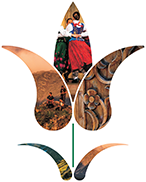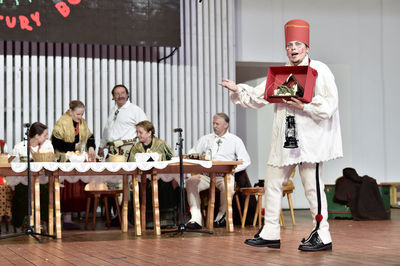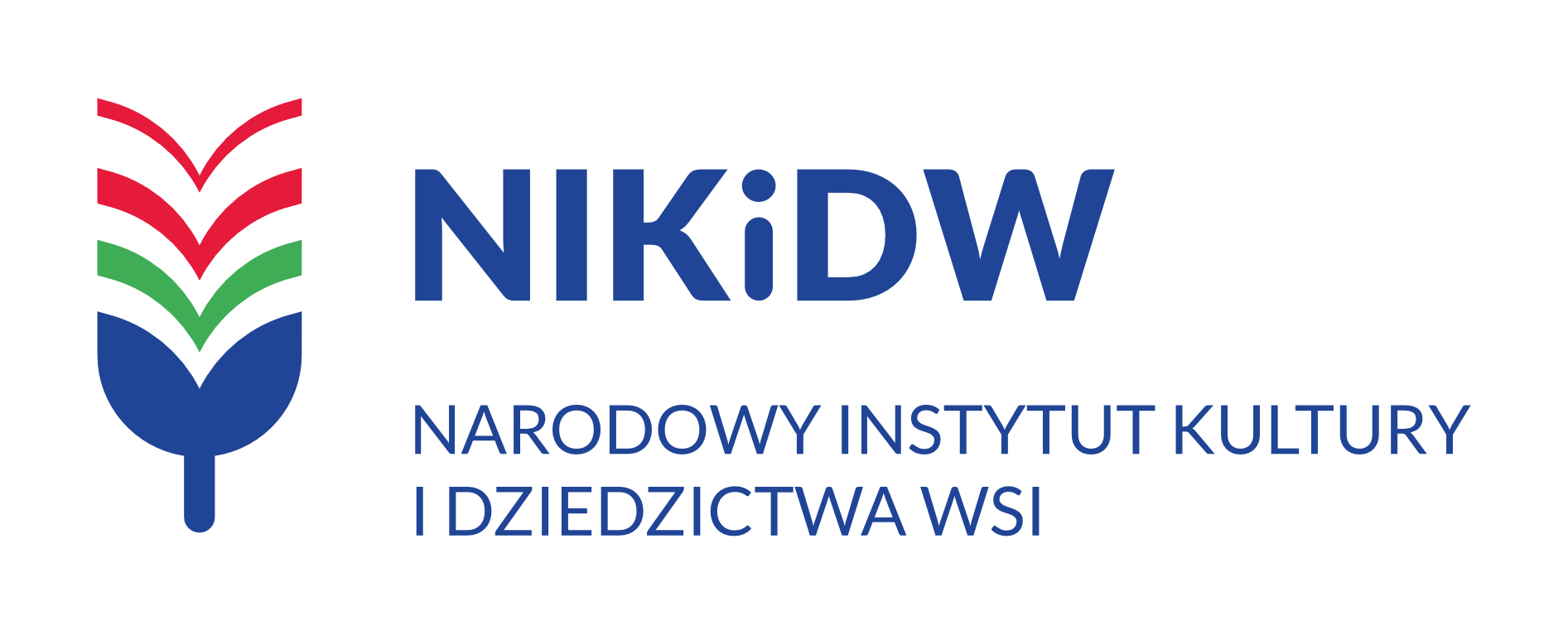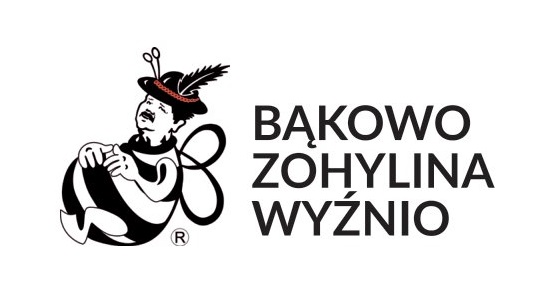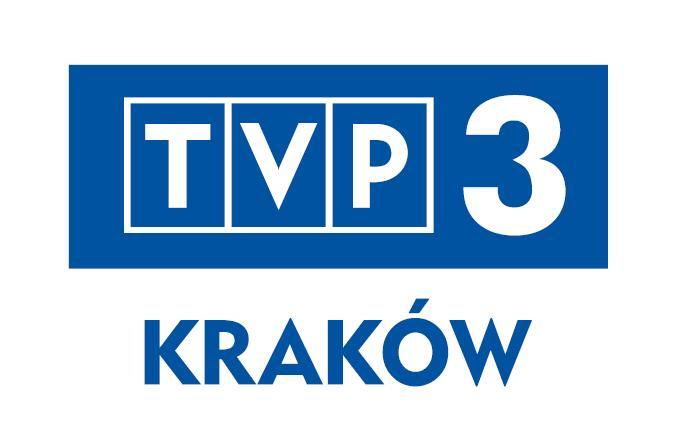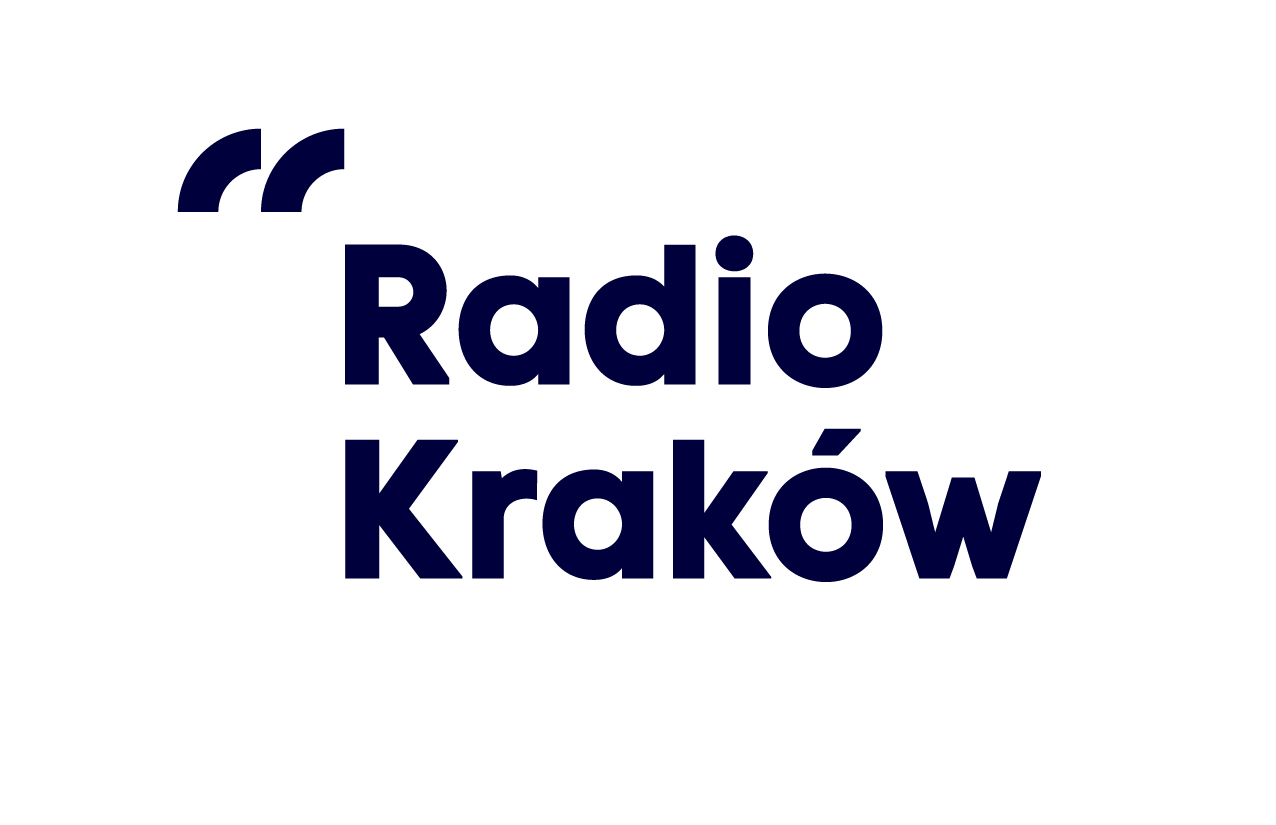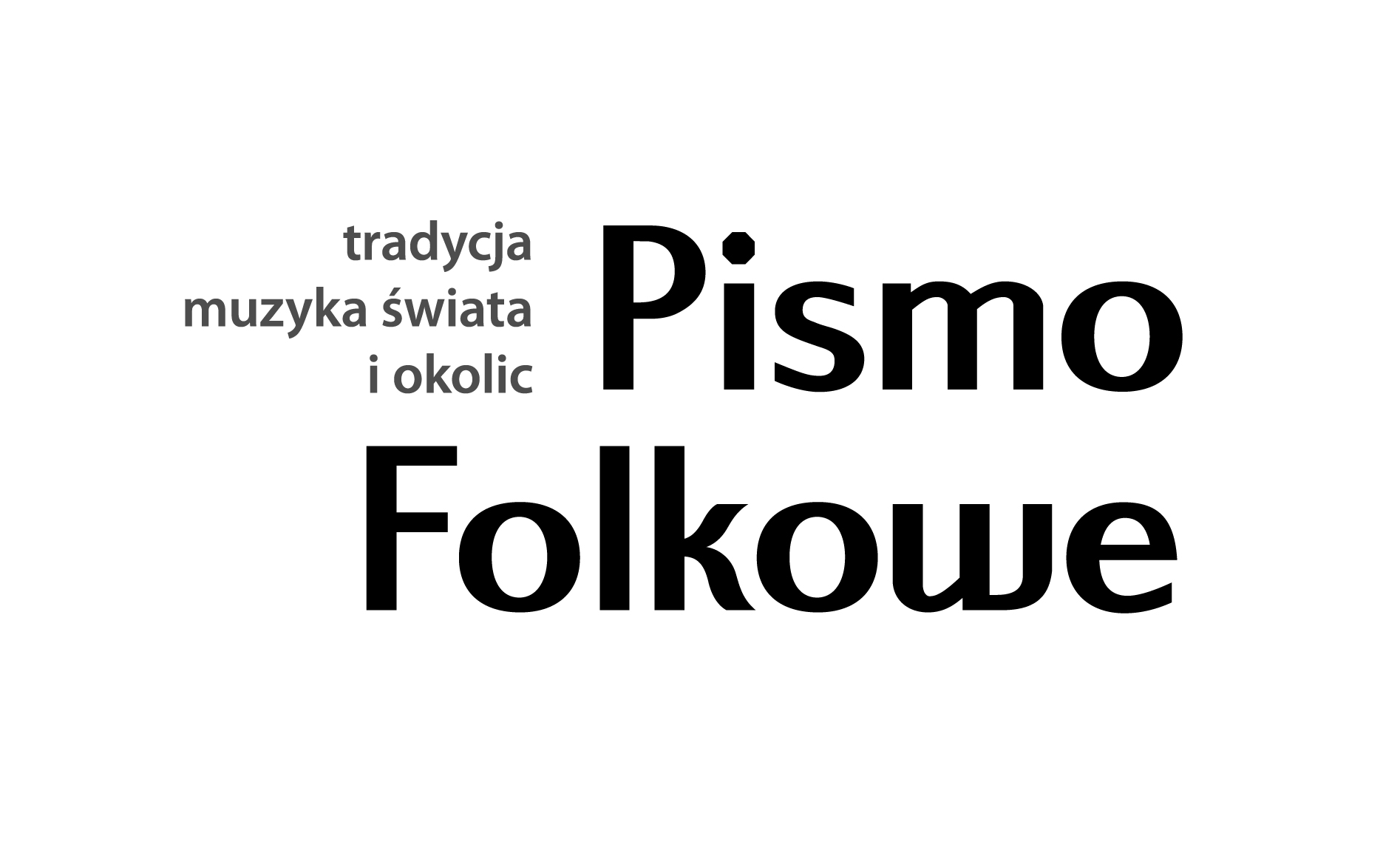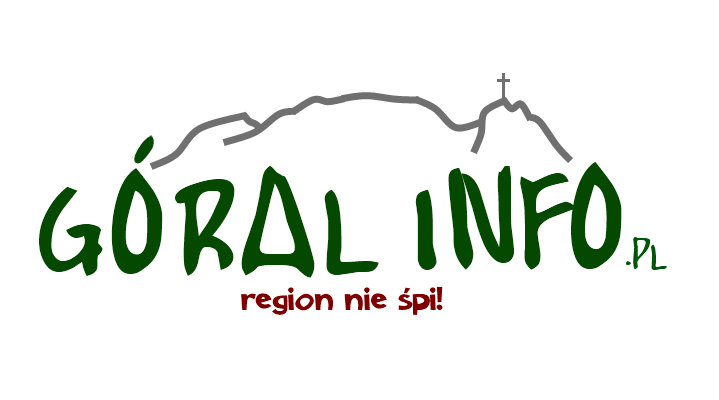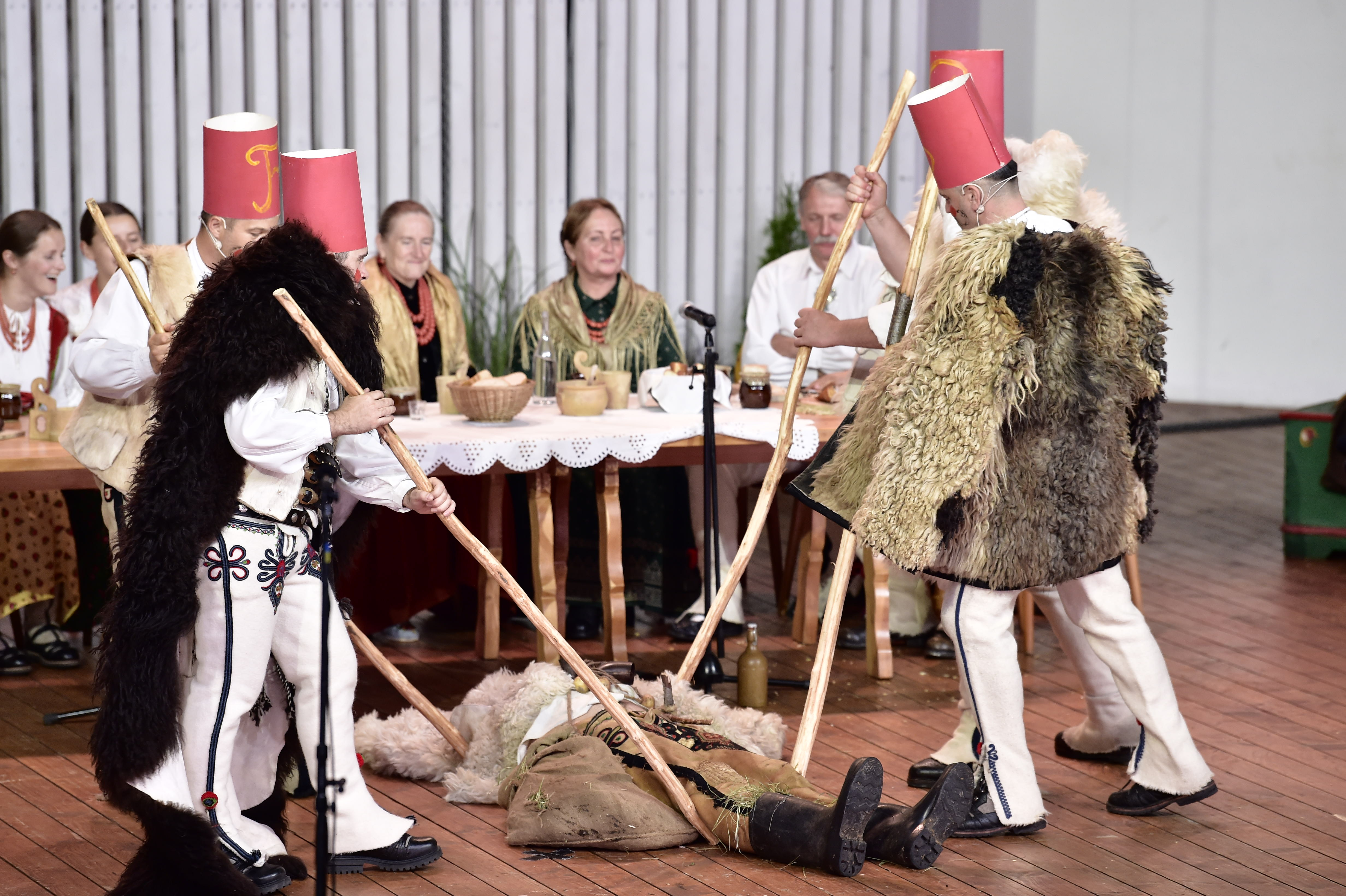
The Góralski Turnie Ensemble was formed at the Tatra Museum in Zakopane in 2022, but even before that, museum employees from highlander families who played musical instruments had often enriched vernissages and events organized by the Museum. Although the ensemble is young, it consists of outstanding musicians, singers, and skilled highlander dancers who, out of a heartfelt need, decided to come together and create a group that would showcase the most beautiful traditions of their ancestors. Among the members of the ensemble are Tatra Museum employees and friends of the institution, representatives of age-old highlander families. The idea to create the group came from the former director of the Tatra Museum, Anna Wende-Surmiak. Since the Tatra Museum is an excellent repository of over 100 years of Podhale folklore, artistic craftsmanship created by highlanders dating back to the 19th century, and the oldest highlander costumes, the Turnie are meant to be a living showcase of the Tatra highlanders. The ensemble is focused on conveying and presenting the oldest customs, authentic rituals, traditional music, singing, and dancing.
"Posiady in Święty Szczepan" depicts a traditional feast on the second day of Christmas. St. Stephen's Day in the Podhale region marked the beginning of caroling visits, traditionally extending from the second day of Christmas to the Feast of the Epiphany. On this day, oats were blessed in the church. December 26th in highlander cottages was spent in a very joyful atmosphere – after the Advent and Christmas time spent in a close family circle, people gathered to make music together, celebrate the birth of Baby Jesus, and sing carols. On this day, families and neighbors visited each other.
Carolers' groups were eagerly awaited by the hosts. The oldest known caroling performance in the Podhale region is the "Zakopian Nativity Scene," documented in the 1920s by Juliusz Zborowski, the then-director of the Tatra Museum. This group consisted of shepherds in original costumes, accompanied by a wise old man and, of course, an angel with the nativity scene, bringing good news. Carolers were always warmly welcomed by hosts because they were seen as bearers of happiness, wishing prosperity and entertaining the household members.
The main theme of the performance set in the interwar period will be the visit of peculiar carolers: a shepherd and three shepherds named Fedor, Stach, and Iwan. The lines spoken by the characters are in an archaic Podhale dialect interspersed with Slovak. Ethnographers argue that this form of caroling visits was adopted by the highlanders from Podhale as early as the 18th century from traveling groups from the former Upper Hungary, present-day Slovakia. Zborowski himself noticed that the original texts had been slightly "Polonized." "Turnie" will present original, archaic caroling costumes as well as century-old attire. Curiosities will also include ancient shepherd instruments: bagpipes, fujara flutes, and píšťalka pipes.



